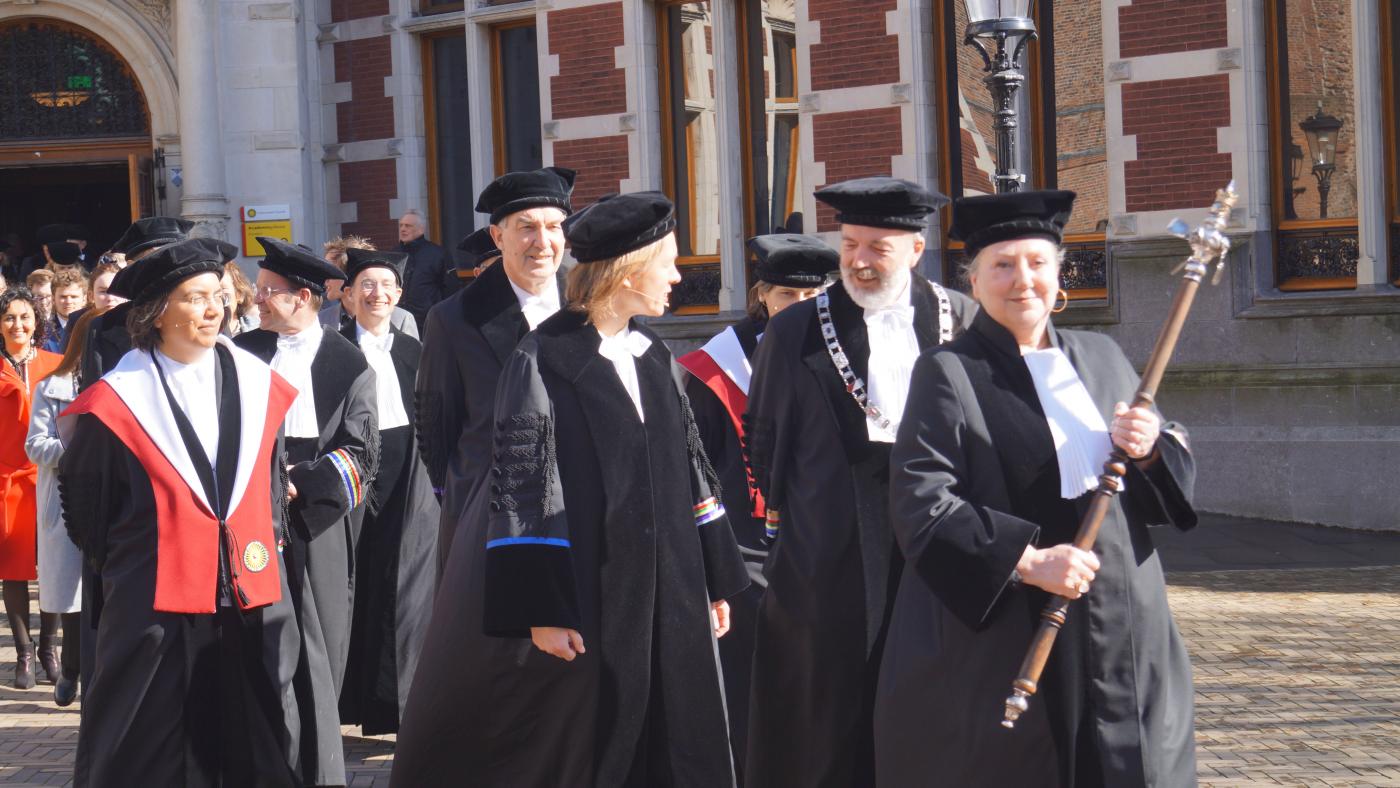There's been no increase in the number of women working as professors
'200 additional women should be appointed as full professors’

With 27.6 percent, the number of women working at the Dutch universities as full professors is still far lower than that of men holding the same position. And this year, the share of women only increased by 0.9 percent, according to data released in September.
The new monitor of the Dutch Network of Women Professors, out today, confirms this. At this rate, it would take more than twenty years before there is an equal number of women and men full professors.
Talent Scheme
Until recently, things were moving more quickly (in Dutch, ed.). In 2017, universities were encouraged to promote a hundred extra women to professorships, through the Westerdijk Talent Scheme. The ministry had earmarked five million euros for this: 50 thousand euros per appointment.
On top of that, universities had to meet their own target figures for 2020. Otherwise they’d have to pay back the money, and that would be embarrassing. This is how the Minister of Education at the time, Jet Bussemaker, forced the hand of the universities.
Since then, the pace has dropped again, much to the displeasure of the Dutch Network of Women Professors (LNVH) and the influential action group Athena’s Angels. They are calling for a new target: an equal number of women and men full professors by 2036.
‘Done in 400 years’
“That’s 400 years after the first woman student, Anna Maria van Schurman, was admitted to a Dutch university”, the monitor reads. “To achieve this, 200 extra women professors must be appointed in the time ahead.”
In other words, two hundred more than is currently the expectation for 2036. The slogan is: ‘Klaar in 400 jaar’ (Done in 400 years) Talks had already been going on about an ‘Anna Maria van Schurman Impuls’ talent scheme, the monitor reads, but those were discontinued when the cabinet fell.
Things have to be handled differently than with the previous talent scheme, the LNVH points out. “The accelerated appointment of a large cohort of women full professors will result in the underlying job category being emptied. What is called for is the simultaneous promotion of women assistant professors to the position of associate professor.”
Incidentally, the average wage earned by women professors is lower than that of their male counterparts. 36 percent of the men are in the highest salary scales, versus 21 percent of the women.
Administration
The monitor also includes chapters on women in administrative positions at the universities. The percentage of women deans, for example, has more than doubled over the past five years: from 15 to 34 percent. In executive boards, women hold 18 of the 41 positions (versus 14 women in 2018).
There is a striking difference between research and education. Only one in every four directors of research institutes is a woman. Things are different for institutes for education: these are headed by women in more than half the cases.